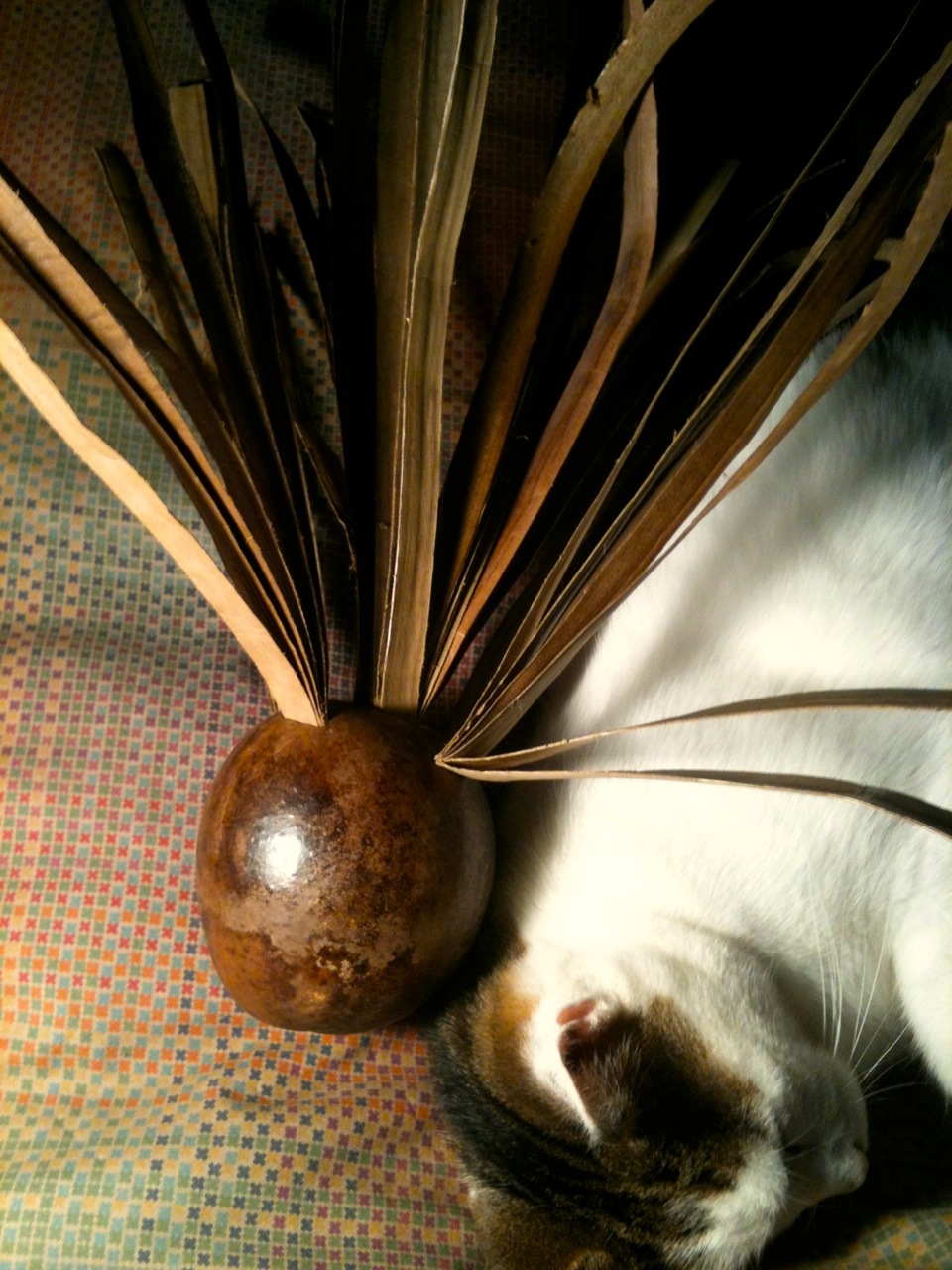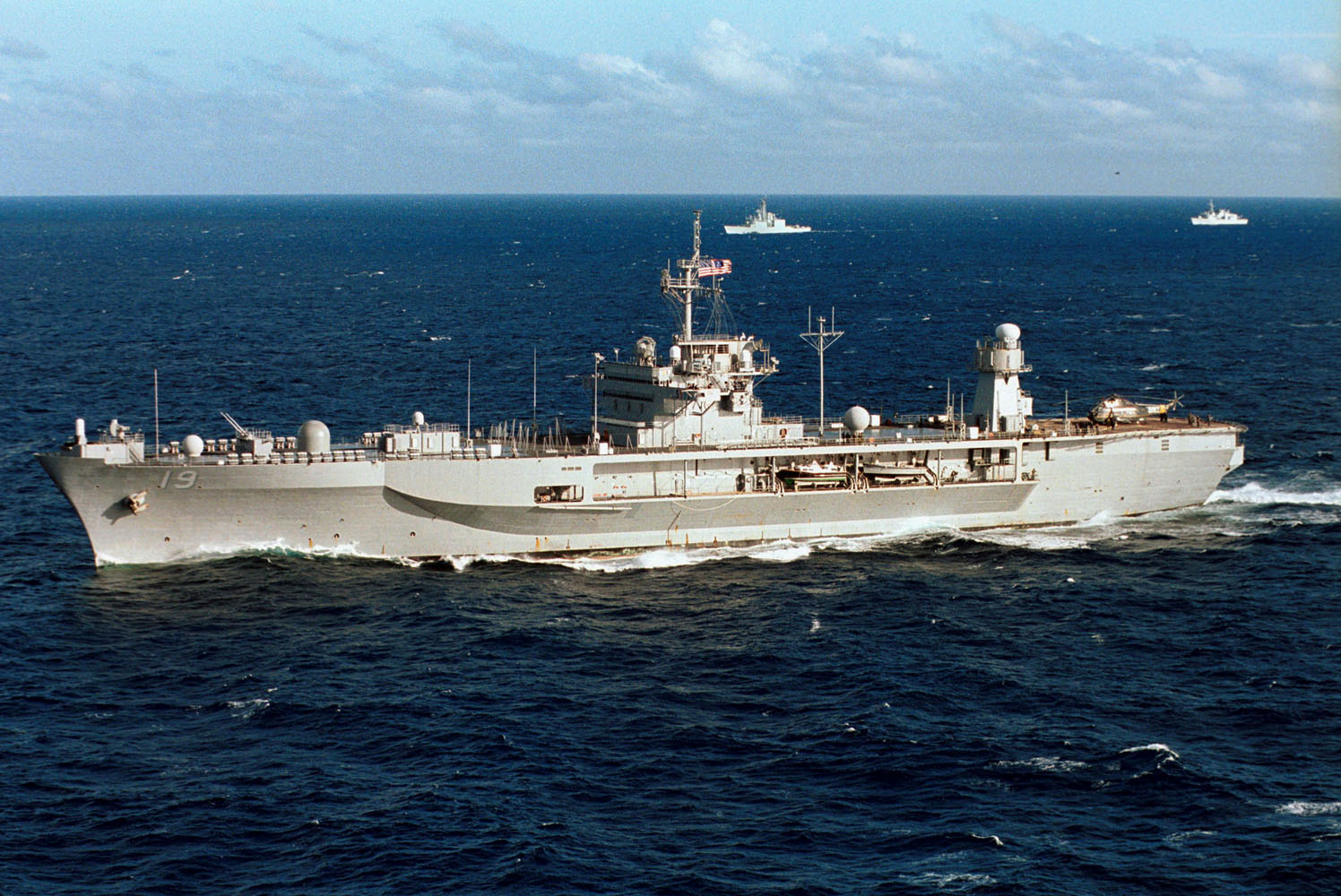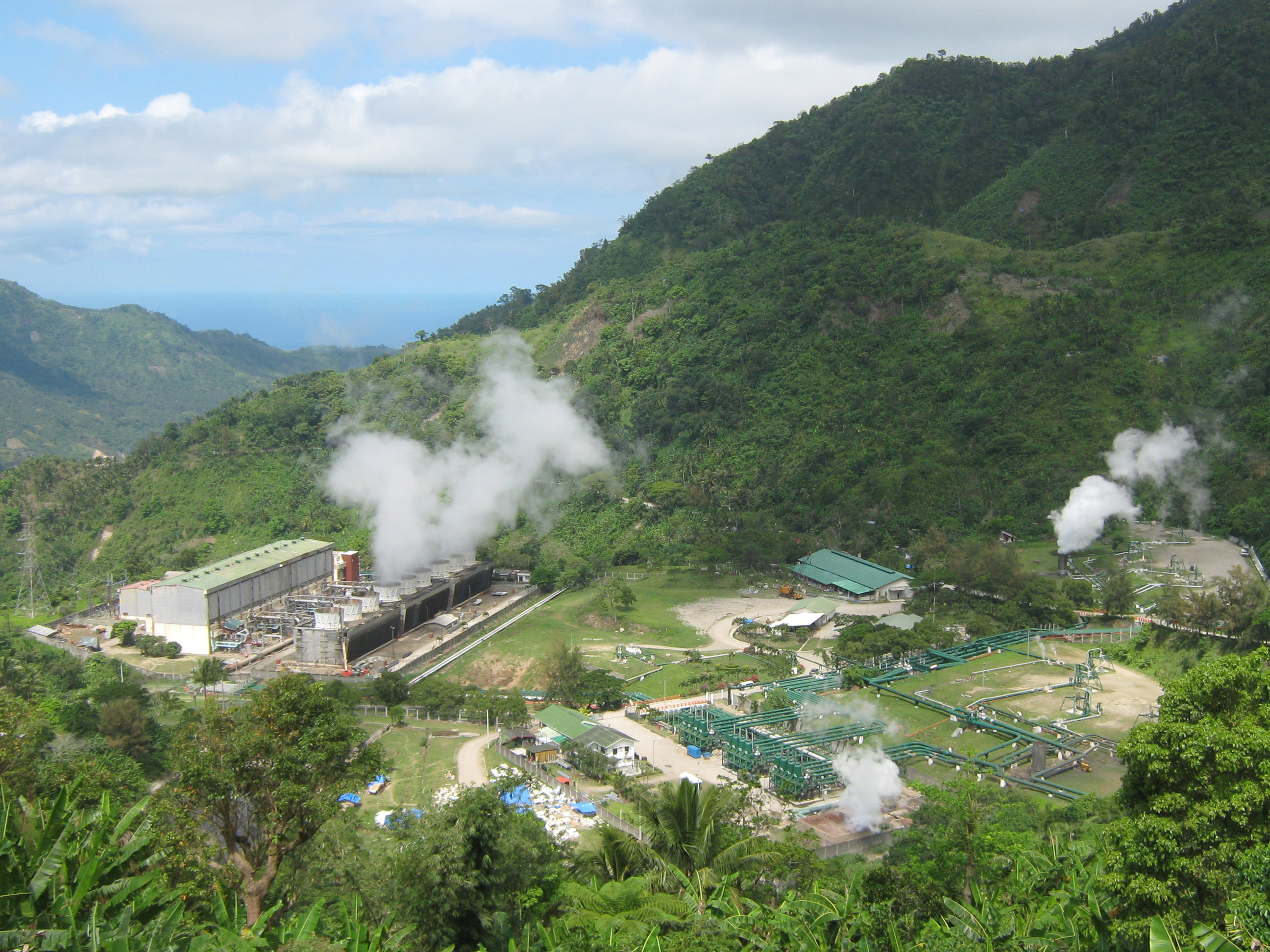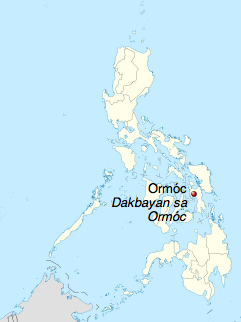Geothermal is cheap, proven technology and emits no greenhouse gases. It is firm power, which the electric utility needs for 80 percent of its usage. This is where one can get bang for the buck. Cheap electricity can even be used for transportation.
The opposition to geothermal was very successful in stopping geothermal development. But things are changing. Oil prices doubled from $25 per barrel to $50 per barrel, and then doubled again to $100 per barrel – just in the last 11 years. If electricity and water costs double and double again in the next 11 years, our people will not be able to cope. A $300 monthly electricity bill would be toward $600 and then $1200 in 11 years. That is why we need to move to stable, cheap geothermal as fast as we can.
We have lots of catching up to do. Magnetotelluric (MT) measurements have been used in other parts of the world for decades.
Dr. Don Thomas is the process of getting a grant to implement MT techniques for the whole state. We will need to drill “slim holes” to prove the resource. These slim holes are much like water wells.
Even if one were to hit molten lava, the lava would not come back up the hole and shoot into the air!
We may have more geothermal resources than we even know. On our recent trip to the Philippines, we were told that one of that country’s geothermal energy sources is an extinct volcano 100,000 years old. By contrast, Mauna Kea last erupted 4,500 years ago.
We need good information so we can make sound decisions. We do not have much time.
From Wikipedia:
Resistivity and Magnetotellurics
Magnetotellurics (MT) measurements allow detection of resistivity anomalies associated with productive geothermal structures, including faults and the presence of a cap rock, and allow for estimation of geothermal reservoir temperatures at various depths. MT has successfully contributed to the successful mapping and development of geothermal resources around the world since the early 1980s, including in theU.S.A. and countries located on the Pacific Ring of Fire such as Japan, New Zealand, the Philippines, Ecuador, and Peru.
Geological materials are generally poor electrical conductors and have a high resistivity. Hydrothermal fluids in the pores and fractures of the earth, however, increase the conductivity of the subsurface material. This change in conductivity is used to map the subsurface geology and estimate the subsurface material composition. Resistivity measurements are made using a series of probes distributed tens to hundreds of meters apart, to detect the electrical response of the Earth to injection of electrical impulses in order to reconstruct the distribution of electrical resistance in the rocks. Since flowing geothermal waters can be detected as zones of low resistance, it is possible to map geothermal resources using such a technique. However, care must be exercised when interpreting low resistivity zones since they may also be caused by changes in rock type and temperature. Read the rest





